Culture in Denmark
Discover Denmark culturally
Denmark's culture is rich and diverse, characterised by a deep appreciation of tradition, community and innovation. The Scandinavian country is characterised by its vibrant history, literature and art.
Famous for its design philosophy that combines functionality and aesthetics, Denmark has influenced the world with iconic designs and architecture. The literary scene is rich in tales, from the fairy tales of Hans Christian Andersen to modern literature.
The Danes attach great importance to the concept of ‘hygge’, which emphasises cosiness and well-being in the community. The connection with nature and the seasons is expressed in festivals and traditions. Denmark's culture is a reflection of its striving for harmony, creativity and social equality.
Danish cuisine
Danish cuisine, known for its simplicity and naturalness, values seasonal and local ingredients. It combines traditional dishes such as smørrebrød and wienerbrød with a preference for seafood and the cosy concept of hygge. Typical Danish dishes reflect Denmark's commitment to sustainability and modern culinary innovation.
5 typical dishes from Denmark
These dishes provide a first insight into the diversity and culinary traditions of Denmark, from savoury meat dishes to sweet pastry creations.
1. Smørrebrød
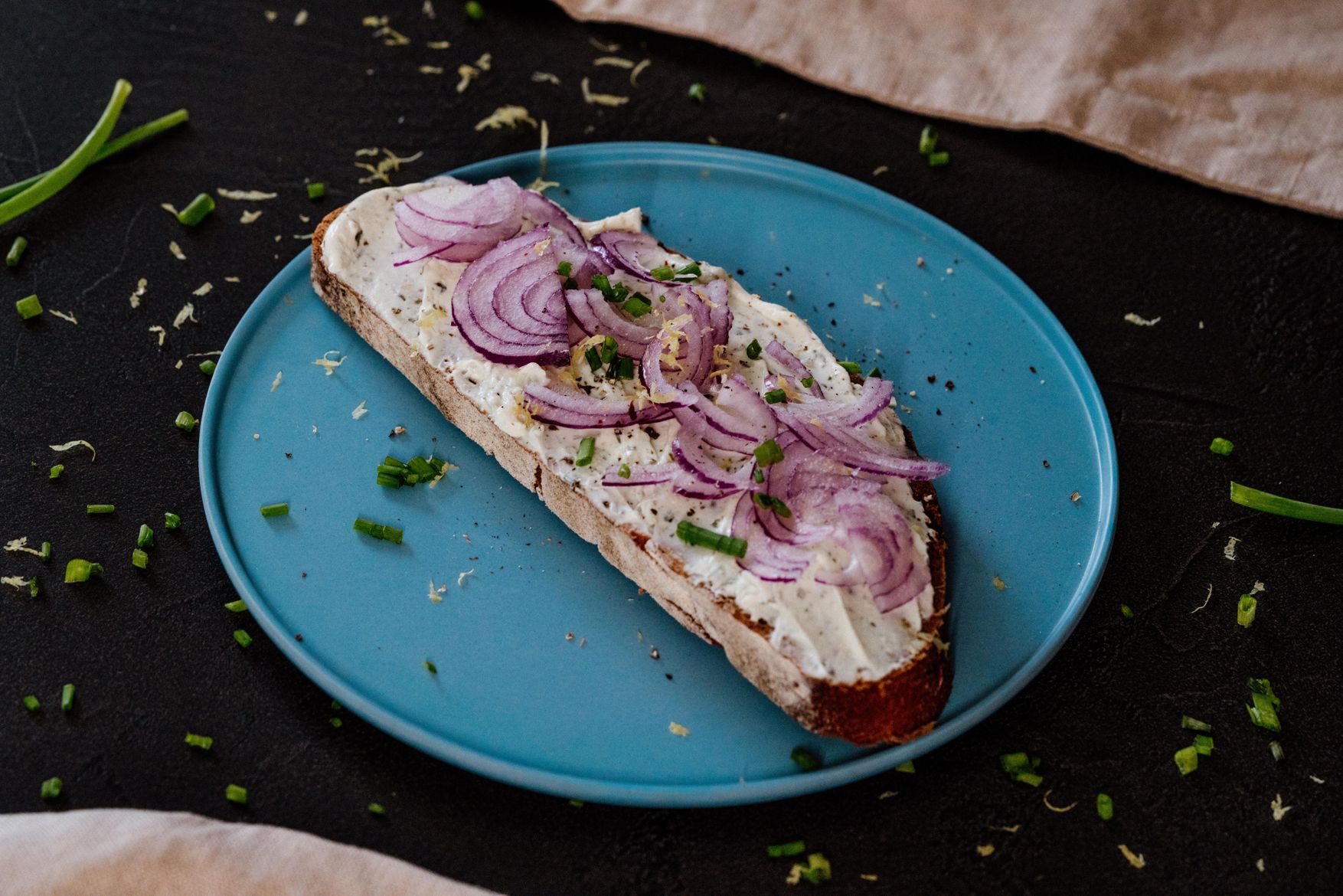
Smørrebrød is a popular Danish lunch consisting of an open sandwich based on savoury rye bread. It is characterised by a variety of possible toppings, including smoked salmon, roast beef, herring or liver pâté, complemented by fresh herbs, cucumber or beetroot. Smørrebrød combines flavour and aesthetics in a simple way.
2. Flæskesteg
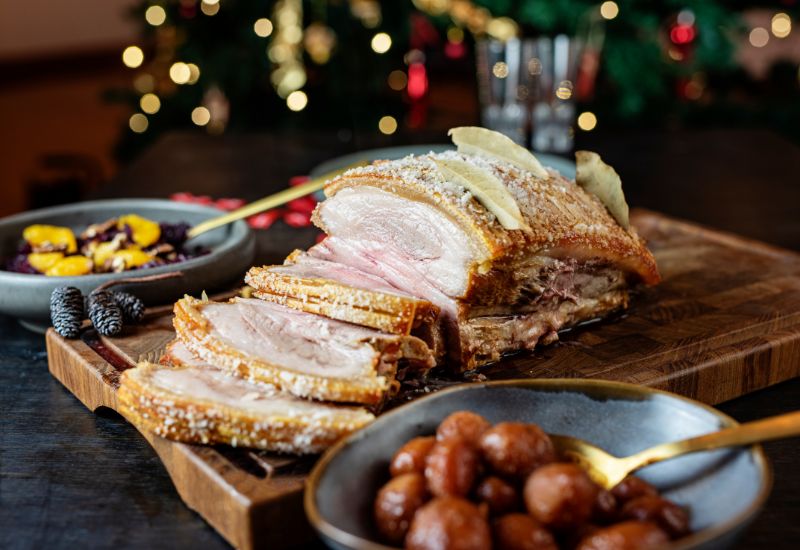
The traditional festive dish Flæskesteg is an integral part of the Danish Christmas dinner. It is a savoury roast pork with a crispy rind.
The roast is often seasoned with bay leaves and cloves, which gives it a distinctive flavour. It is usually served with red cabbage and brown gravy, ideal for cosy family celebrations. On the days after the feast, the leftovers of the Flæskesteg are ideal for use as a topping for Smørrebrød.
3. Sild
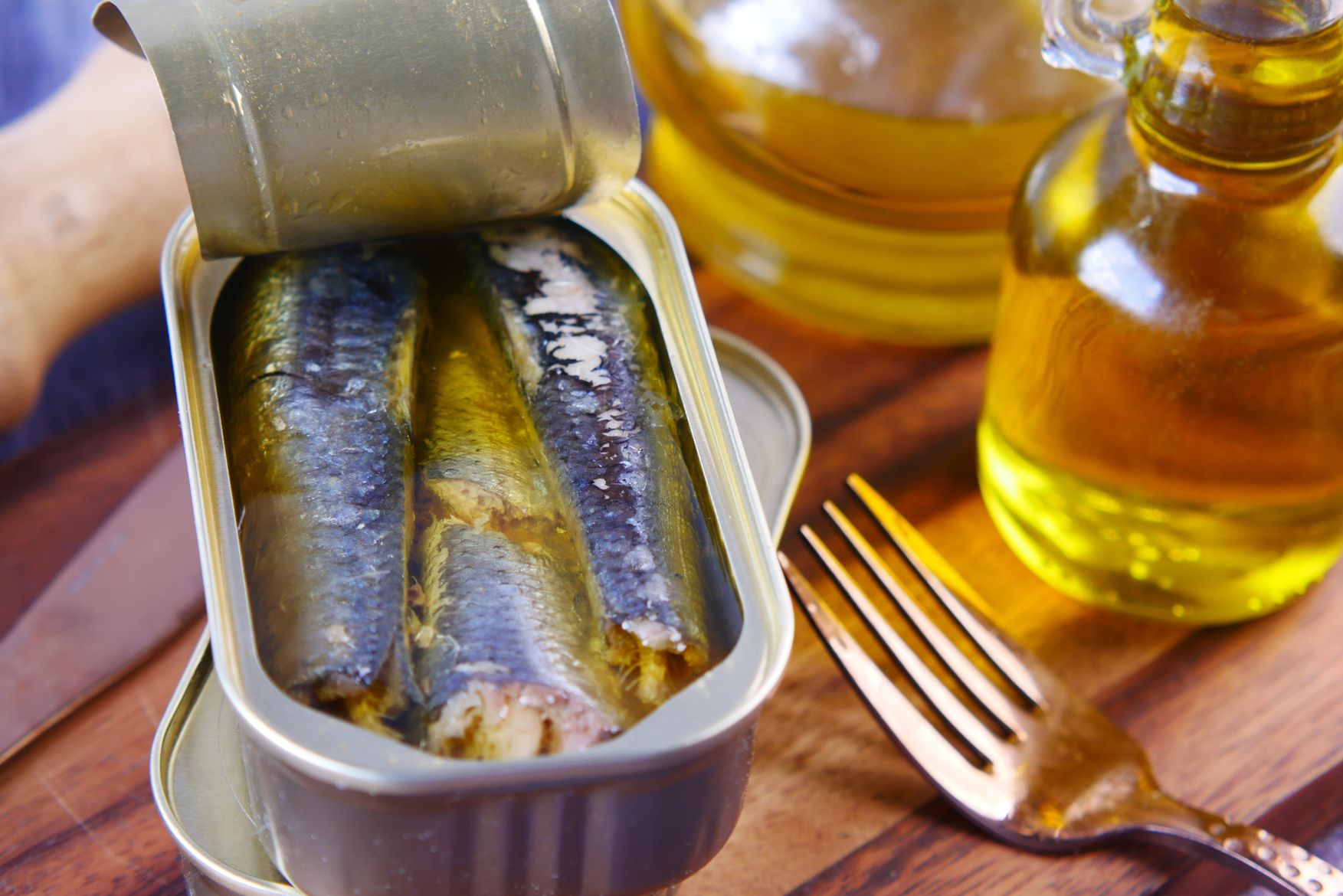
Sild is the Danish name for marinated herring, which is very popular in coastal Denmark. It is eaten in many varieties, for example as matjes, mustard sild and curry sild, each of which offers unique flavours. Sild is often served on rye bread as smørrebrød and garnished with onions, herbs and sometimes a fried egg.
4. Rødgrød
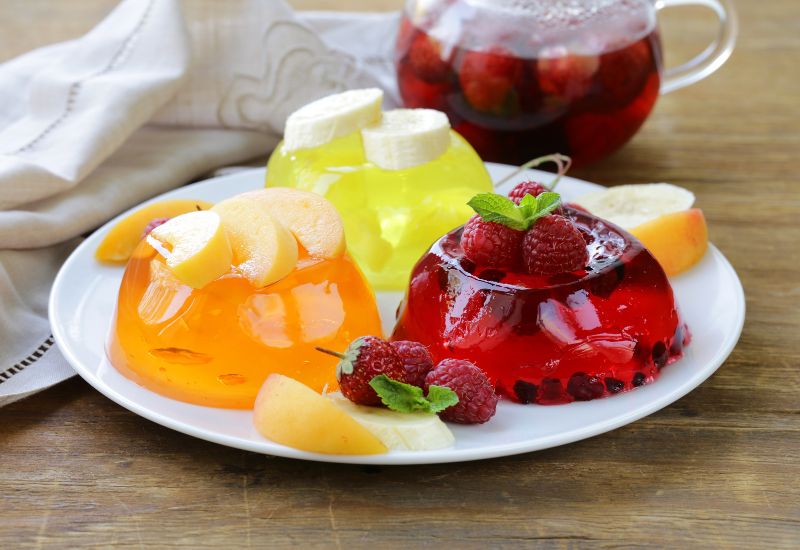
Rødgrød (red fruit jelly) is a traditional Danish dessert consisting of a sweet, thick mixture of berries. Typically, red fruits such as strawberries, raspberries or redcurrants are used. Variations with yellow or green fruit (yellow fruit jelly or green fruit jelly) are also possible.
The dessert is served chilled and often garnished with a generous helping of cream (fløde). It is both refreshing and delicious.
5. Wienerbrød / Copenhagen pastries

Wienerbrød, also known as Copenhagen pastry, is famous worldwide for its buttery, flaky texture and sweet fillings. The pastries are filled with marzipan, jam or vanilla cream, for example, and are a favourite accompaniment to coffee in Denmark. Sugar icing and almond slivers round off the flavour perfectly.
Drinks
Danish drinking culture is characterised by moderation, quality and conviviality, with traditional drinks playing a role in both everyday and special occasions. In Denmark, the concept of ‘hygge’ - cosiness and togetherness - is central. This is also reflected in the drinking culture, which is less about excess and more about enjoyment in convivial company.
Coffee

The Danes are among the world's biggest coffee consumers. Coffee is an essential part of social life and is often enjoyed together with pastries such as Wienerbrød.
Aquavit (Akvavit)
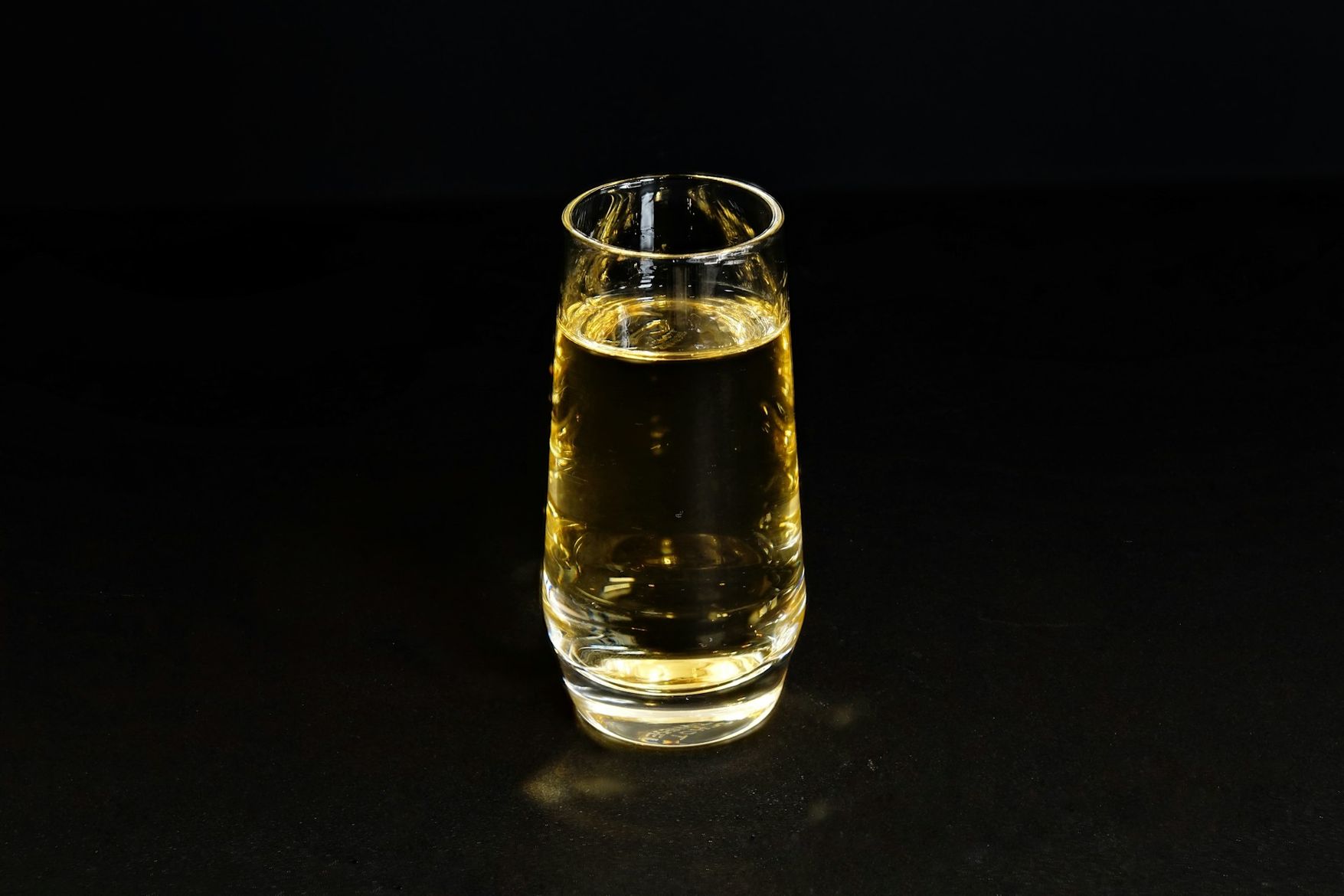
Aquavit brandy is produced by distilling grain or potatoes. It is flavoured with herbs such as dill or caraway. Its clear, spicy flavour makes it a popular accompaniment to traditional dishes such as smørrebrød.
Gløgg

Gløgg is a centrepiece of Danish winter traditions. Similar to mulled wine, gløgg is a warming, festive drink that is often enjoyed with friends and family during the festive season. The base is usually made from red wine and a spirit (vodka or grain). With rich flavours of cinnamon, cloves and orange peel, it enhances the festive mood during the cold season.
Traditional festivals and customs
Denmark has a number of traditional festivals and customs that are deeply rooted in the country's culture and history. These festivals and customs reflect Denmark's rich cultural history and are celebrated with great enthusiasm throughout the country
Fastelavn

Fastelavn is the Danish version of carnival and is celebrated in February or March. Children dress up for the occasion and open a barrel filled with sweets, similar to the ‘piñata’ custom. A traditional dish for Fastelavn is the ‘Fastelavnsboller’, a sweet roll with cream or jam.
Sankt Hans Aften

The Danish midsummer festival is known as Sankt Hans Aften (St Hans' Eve). This festival takes place on 23 June and is closely linked to the following St John's Day (24 June). The festivities include large bonfires, singing and speeches. St Hans Aften is a festival that marks the longest day of the year and the beginning of summer.
Jul (Christmas)
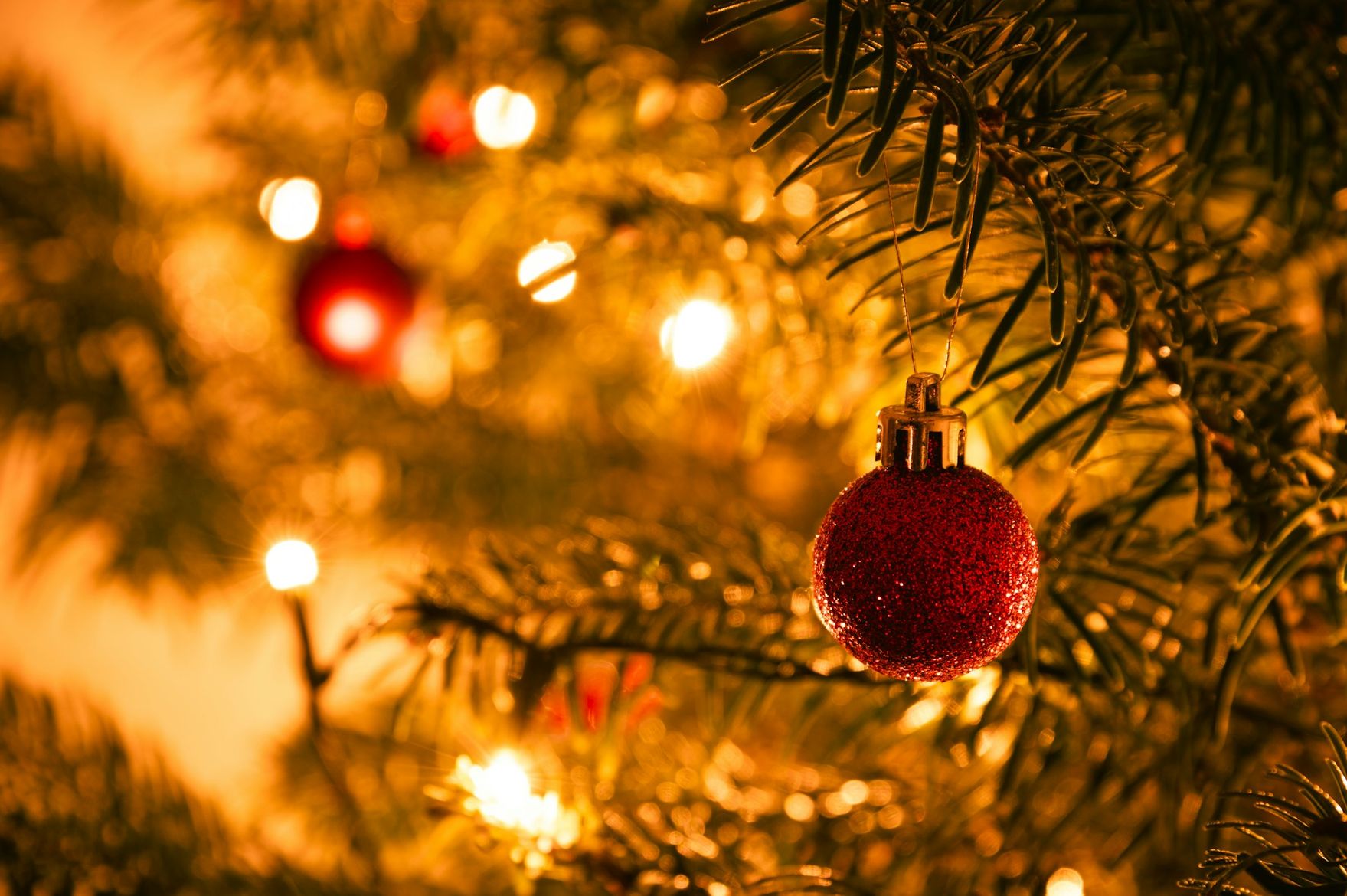
The Danish Christmas (Jul) is particularly cosy and is celebrated with many traditions, including eating ‘Julefrokost’ (Christmas food), decorating the Christmas tree and singing Christmas carols. Christmas Eve on 24 December is the main holiday.
Påske (Easter)
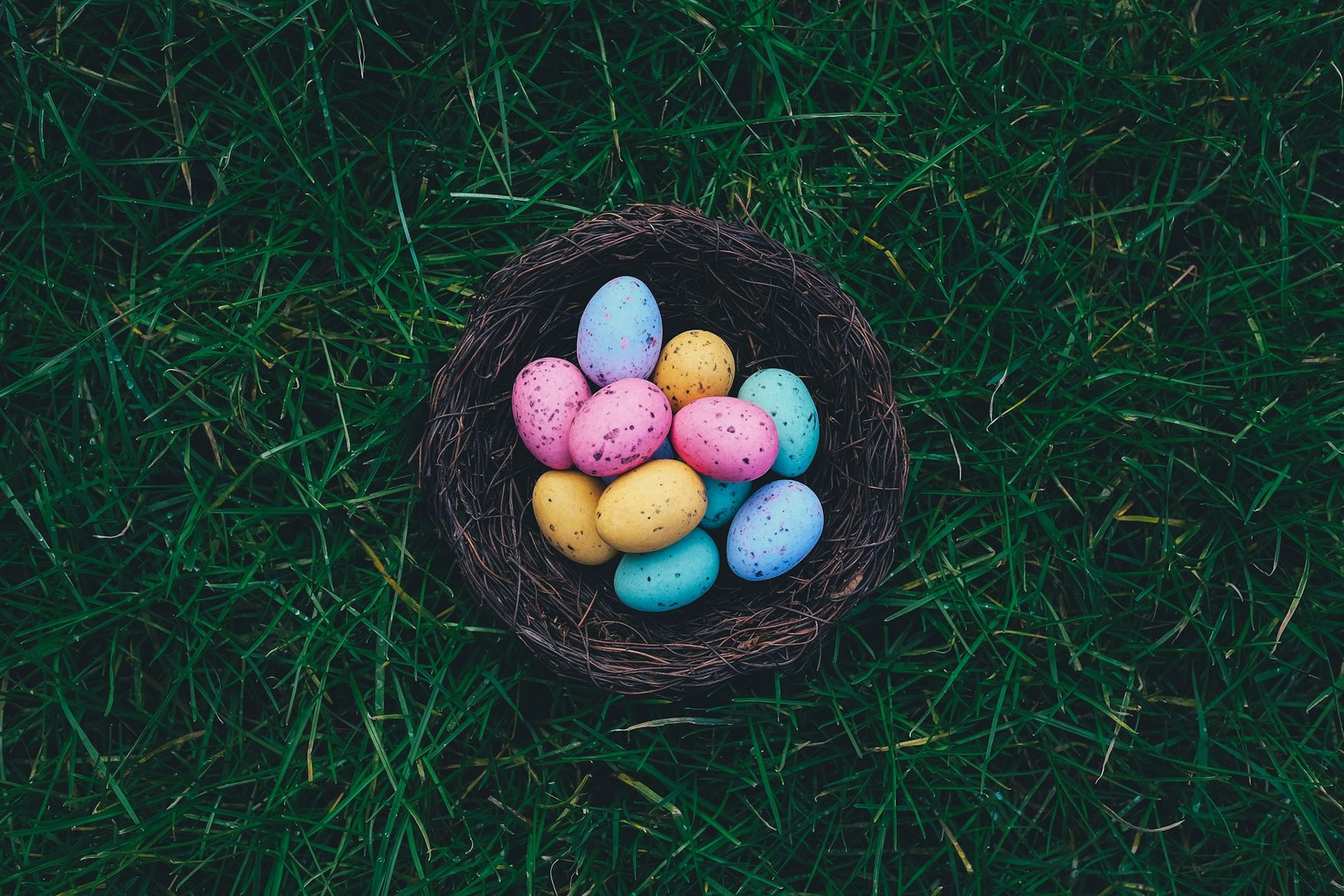
The Easter holidays in Denmark are characterised by customs such as eating Easter lunch and painting and hiding Easter eggs. A typical Danish Easter custom is the sending of ‘Gækkebreve’, anonymous letters with joke poems signed with a snowflake.
Experience authentic Denmark
In conclusion, Denmark's culture reflects a harmonious balance between historical preservation and modern innovation. Characterised by values such as community spirit, equality and ‘hygge’, it offers a fascinating mix of art, literature and traditions that enrich and shape life in Denmark.
Are you ready to gain new cultural impressions in Denmark?
Here you can find out more about toll regulations in Denmark so that you can travel around the country stress-free.
